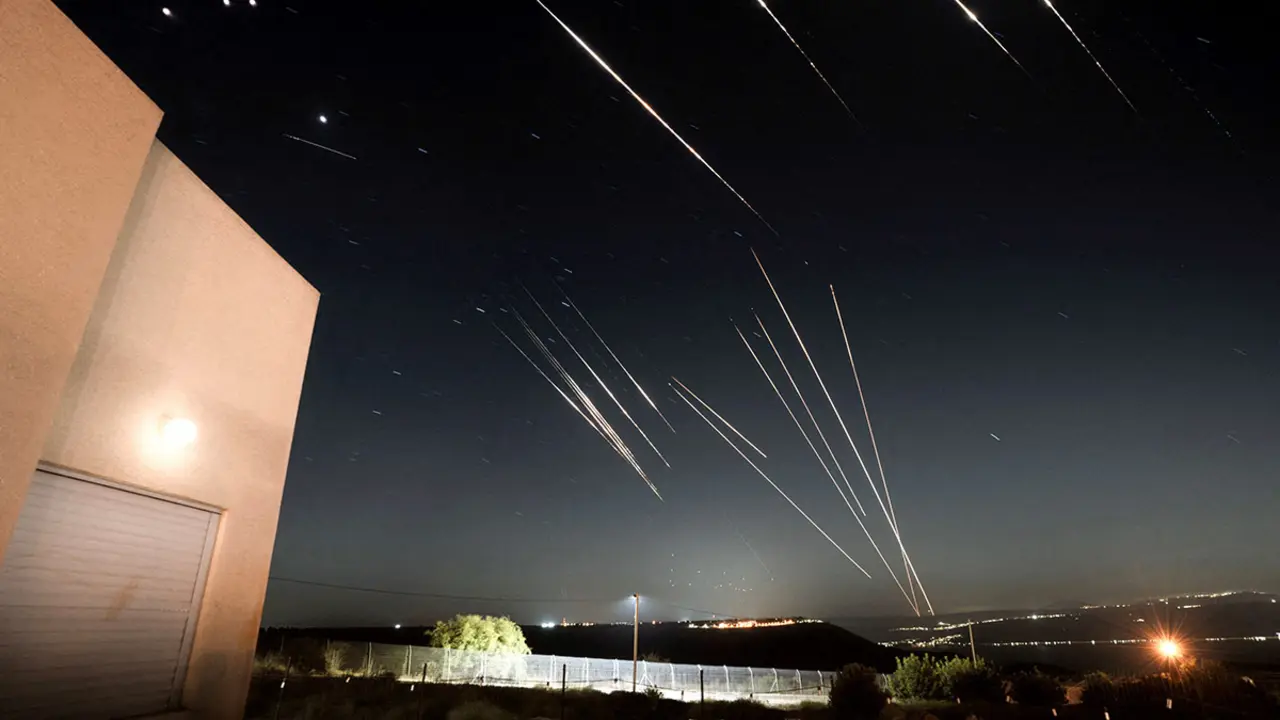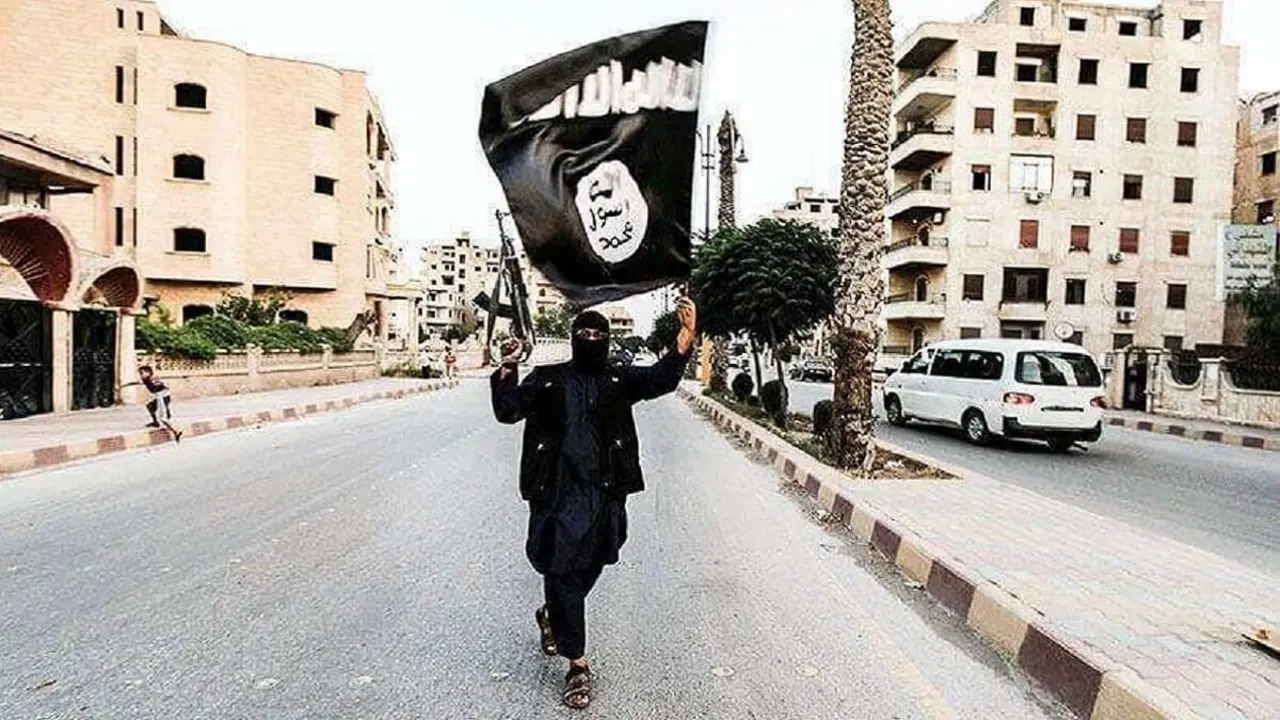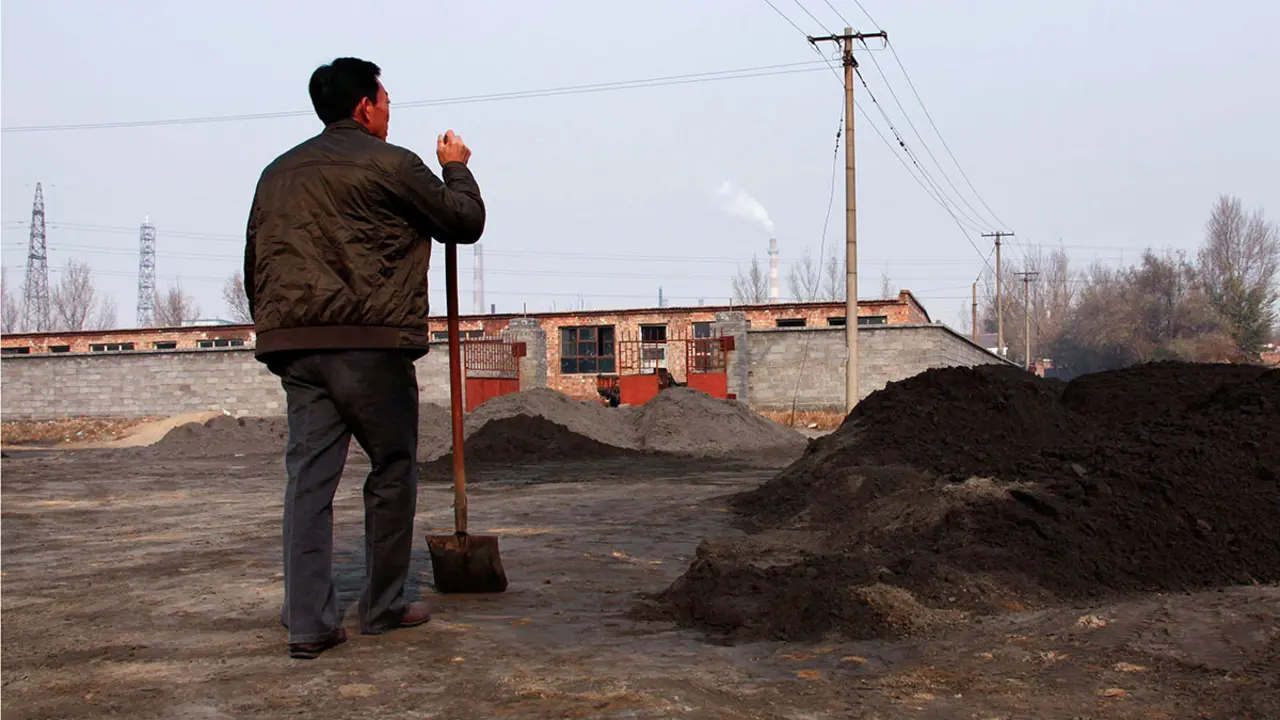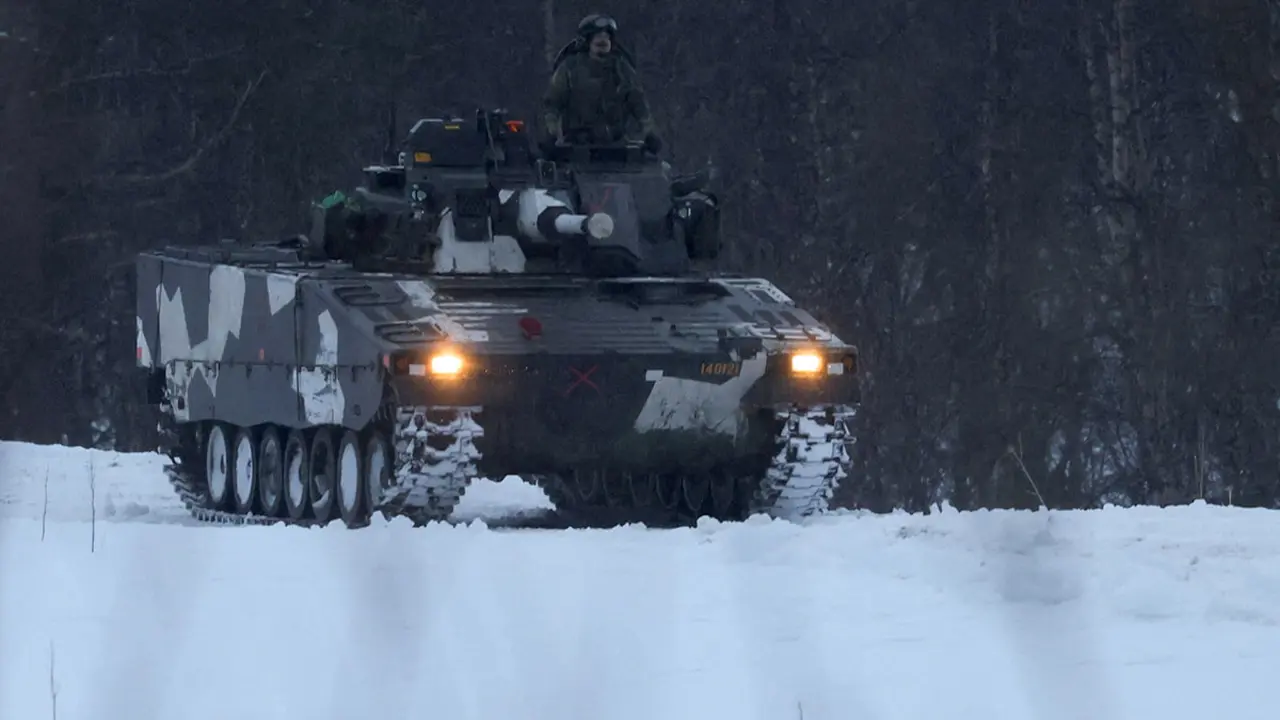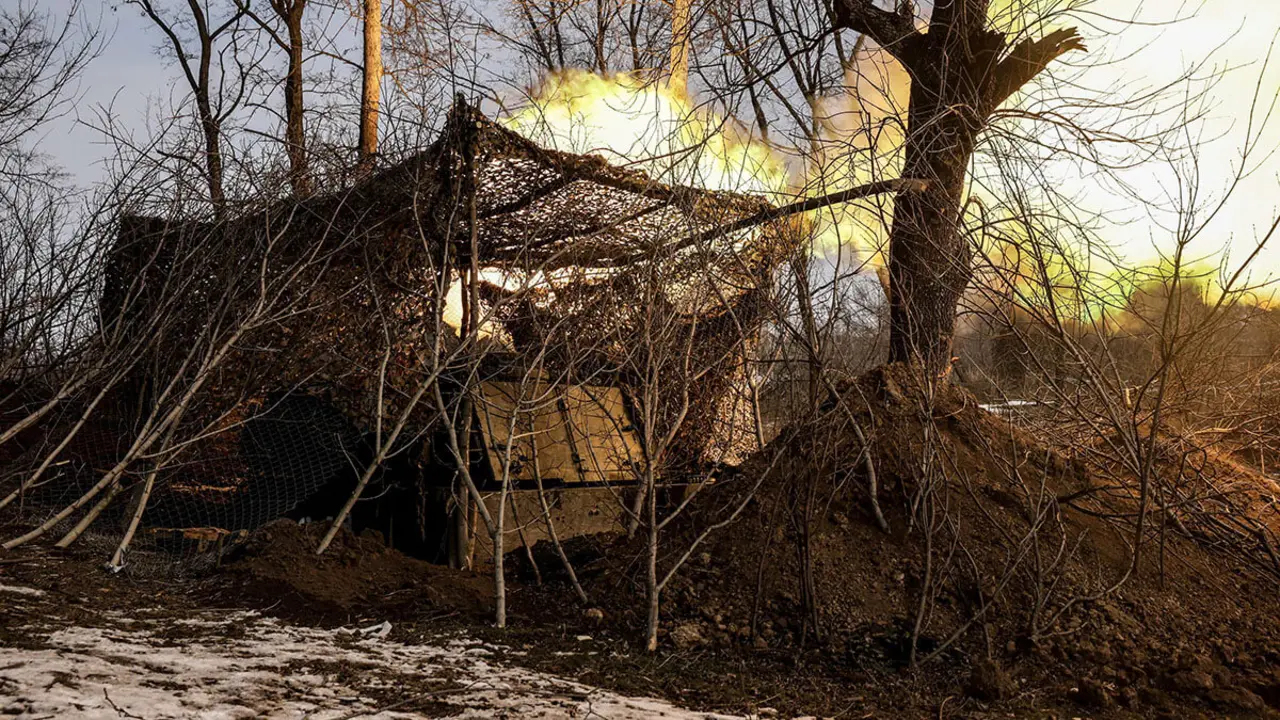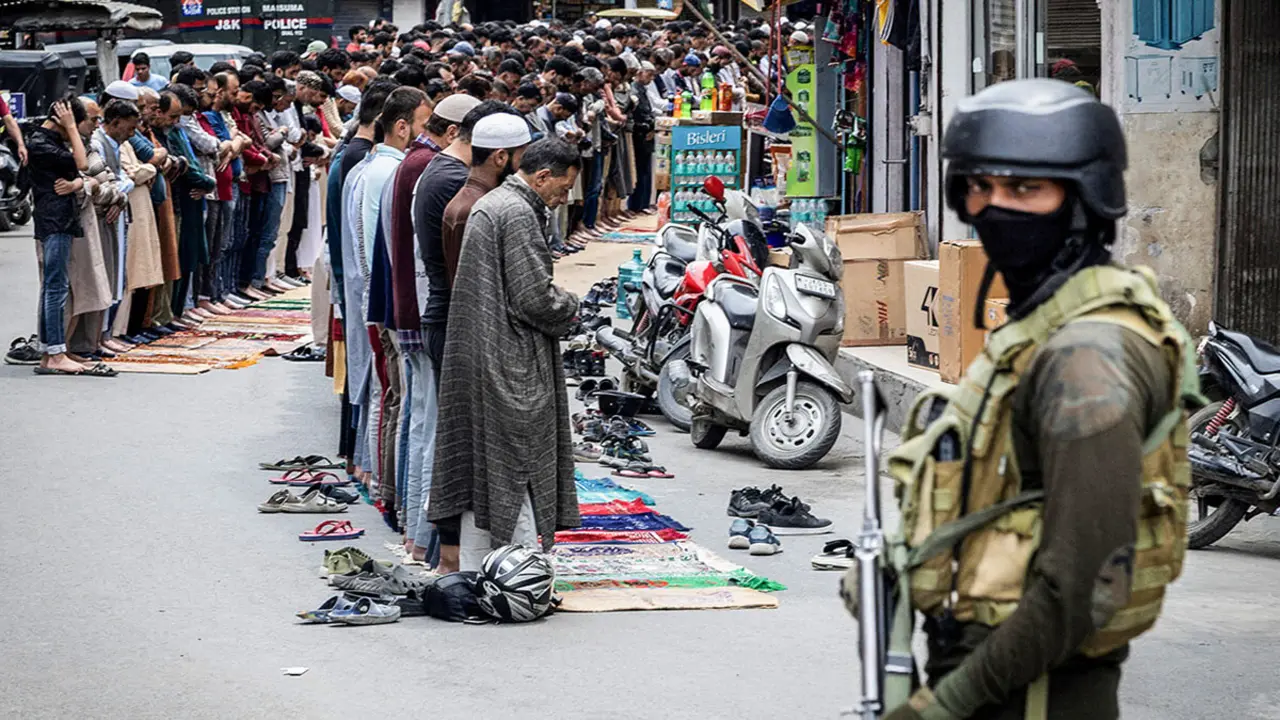Putin's new goal: plunging Ukraine into darkness and cold

A dull rumble, shaking the room and violently rattling the windows, breaks the silence of the night. Then another. And then another, as the rhythmless beeping of car alarms parked in the street goes off. The anti-aircraft sirens, which had failed to sound this time, now begin to blare. And it all happens in a matter of seconds.
The sound of an S-300 missile strike in the centre of the city of Kharkiv, Ukraine's second largest city and one of the most heavily bombed since the Russian invasion began.
The attack took place in the middle of the weekend, in the early hours of the morning. It is impossible to know at the time what the missile hit. The street lights are not switched on by order of the Ukrainian army, which is trying to make it a little more difficult for the Kremlin to aim its expensive guided missiles. So the city is in pitch darkness from dusk at seven in the evening until the sun comes up again.
The next morning, when you leave your house, the first thing you see is an army of Ukrainian women sweeping the pulverised glass that covers the street. Five, six, seven... more than thirty, armed with brooms and shovels. Tireless. What the Kremlin bombs at night, they sweep up in the morning. Next to them work the City Council workers, who are busy filling in the potholes and asphalting.

The shockwave will provide work for the glaziers in Kharkiv for several weeks. It is a profitable profession, that of a glazier in the middle of a war. Especially when it is a classic war, where air raid alarms are followed by bombs that make three-metre craters in the asphalt and blow up buildings. Not a healthy pane of glass is left for two hundred metres around. A scene out of a World War II movie, and one that no one thought they would see live in the 21st century.
One of the S-300s blew up the beautiful white and yellow building that housed the Peter Vasylenko Scientific Library. Its immense windows were walled in with hundreds of books, which could not prevent the glass from shattering into a thousand pieces. The spine of one of these books still reads "ALMA MATER". At the back of the building there is no longer anything to read, there is simply no building.
On one side of the library is a hospital clinic, also with its windows pulverised. On the other side, a residential building and a martial arts gymnasium reduced to rubble. The scene is Dantesque: the residents of the block, cut in half, sip coffee - trembling and incredulous - while journalists watch them through a hole in the wall, which has been blown away by the bomb.

The attack was twofold. Of the five shells that were heard to hit in the middle of the night, two landed in the Saltivka district. This residential neighbourhood, which stretches across the northern part of the capital, holds the sad record of being one of the most heavily shelled areas in Ukraine. During the first months of the war, it became a kind of ghost town where only 5 per cent of its residents lived - in cellars and underground stations. Today many of them have returned to live in their flats.
However, most of Saltivka's buildings are damaged by the incessant shelling. Some of them are to be demolished. And others are not known to be safe, because a structural damage survey has not yet been done. But still people have returned to live there. They simply have nowhere else to go. They have no second homes, and many don't even have jobs as a result of the war. So they take refuge under the roof of their home, even if it is cracked.
This shelling of the city of Kharkiv came at almost the same time as the explosion on the Kerch bridge, which was the preamble to Putin's massive attack on the morning of 10 October.
As Ukrainian women swept up the broken glass, images of the Kerch bridge engulfed in flames spread like wildfire across Telegram channels. Several lanes of the structure, which connects the Crimean peninsula with Russia, were crumbling as social media was reporting it live. It was reminiscent of the episode of the sinking of the Moskva, the flagship of the Russian Navy, in Black Sea waters last April.

There was also a response from the Kremlin, which a few days later attacked the Neptune missile factory in Kiev, with which the Ukrainian army had sunk the ship. It was a somewhat lukewarm response, even after the Postal Services announced that a commemorative stamp celebrating the milestone was to be minted, much to Putin's humiliation.
This time, however, the response has been disproportionate and brutal. So disproportionate that some point out that it was prepared weeks in advance, validating the theory that the attack on the Kerch bridge could have been a false flag operation. In other words, the Kremlin itself could have been behind the explosion, in order to have the excuse to launch the massive bombing.
What is certain is that the attack had a very specific target: the country's electrical infrastructure. And it is not the first time it has hit them. In the case of Kharkiv, there have already been three massive blackouts in less than a month. And it does not look like they will be the last. Attacking power plants has become a very effective strategy of attrition, paralysing entire cities, without the Kremlin being concerned about the consequences for the civilian population.
The Russian Federation fired 84 cruise missiles on the morning of 10 October, in a span of less than an hour, over a score of cities. This included the capital, Kiev, as well as Kharkiv, Lviv, Lviv, Dnipro and Zaporiyia. The Ukrainian anti-aircraft defence managed to shoot down half of them. The rest did their job. Half the country was without power, a blackout across the entire central strip of Ukraine, from east to west. Nineteen people were killed and more than a hundred injured.
Twenty-four suicide drones, on which Russia is currently supporting most of its attacks, were also detected. A perfectly orchestrated operation, against very precise and well-defined targets. Nothing like a hastily planned knee-jerk response, blinded by rage. Was it prepared weeks in advance, as some military experts claim? Time will tell.

What is already known is the price tag. According to Forbes magazine, such a display could have cost Russia more than 400 million euros, taking into account that it used missiles of very different types, such as the Kh-101, Kalibr, Iskander, S-300 or the older Tochka-U.
To calculate the figures, the US magazine explained that the cost of a single Kh-101 missile is 13 million, each Kalibr costs 6.5 million, Iskander missiles cost 3 million, Onyx missiles cost 1.25 million, and Tochka-U missiles cost 300,000 euros per unit.
After a week of renewed bombing, Putin told the media that he had no intention of repeating the feat. He did not need to say so. The truth is that, at this stage of the war, arsenals are depleted and actual firepower capabilities are below what both sides acknowledge.
In Russia's case, this would also explain the proliferation of unmanned vehicles in its attacks on Kharkiv, Dombash and Odessa. These are the Iranian-made Shahed-136s. They are infinitely cheaper than missiles and can be armed with explosives or grenades containing irritants.
In other words, they can be used to carry out chemical attacks, which are prohibited by the Geneva Convention, to which Russia is not a signatory and which it has been flouting ever since this war began. Now, with the Shahed-136 it can expand the range of banned munitions, which would be added to the cluster bombs and white phosphorus with which it has attacked the province of Kharkiv on several occasions.

Regardless of violations of international law, the nuclear threat remains real. However, given the situation on the ground, it may not be necessary to launch a nuclear weapon from Russia to cause catastrophe... The weapon could already be on Ukrainian soil: the Zaporiyia power plant, which, if blown up by shelling, would cause a radioactive cloud, the extent and consequences of which are unpredictable.
The continuous shelling of Zaporiyia left the power plant without electricity for a week, with all the dangers that entails. The plant has an emergency generator, fuelled by fuel oil, which can keep the turbines running for ten days. After that time, without power, the core meltdown would begin. With the corresponding radioactive leakage.
With that situation on the table, much more real than pressing a red button, the authorities in Zaporiyia carried out an information campaign - trying not to panic - to explain to its citizens how they should take the dose of iodine provided in cases of radioactivity danger. "One dose only, it is counterproductive to take more, and children should also take it," read part of the communiqué.

The Chernobyl tragedy seems to have been soon forgotten, even though it shocked the whole world. Nor does the international community seem to be taking real steps to establish a perimeter to prevent the Zaporiyia nuclear power plant - the largest in Europe - from causing the next tragedy of the 21st century.

